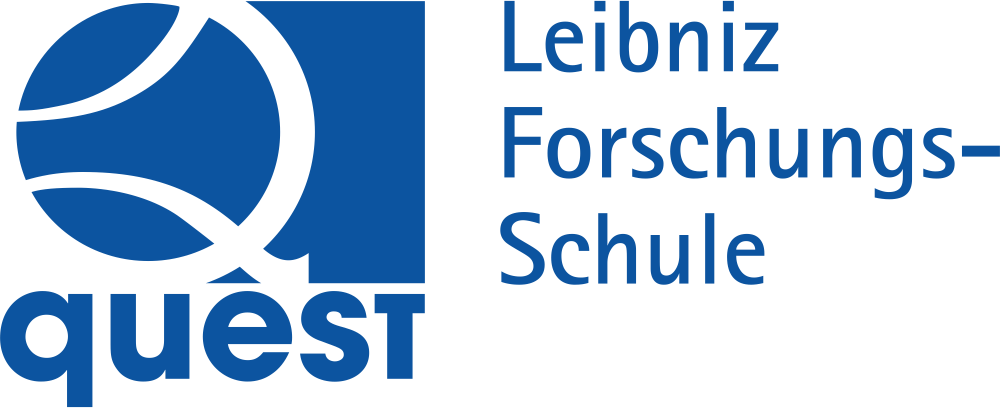Search for the isotropic stochastic background using data from Advanced LIGO’s second observing run
- verfasst von
- The LIGO Scientific Collaboration , Virgo Collaboration , B. P. Abbott, R. Abbott, T. D. Abbott, S. Abraham, F. Acernese, K. Ackley, C. Adams, V. B. Adya, C. Affeldt, M. Agathos, K. Agatsuma, N. Aggarwal, O. D. Aguiar, L. Aiello, A. Ain, P. Ajith, G. Allen, A. Allocca, M. A. Aloy, P. A. Altin, A. Amato, A. Ananyeva, S. B. Anderson, W. G. Anderson, S. V. Angelova, S. Antier, S. Appert, K. Arai, M. C. Araya, J. S. Areeda, M. Arène, N. Arnaud, K. G. Arun, S. Ascenzi, G. Ashton, S. M. Aston, P. Astone, F. Aubin, P. Aufmuth, S. L. Danilishin, K. Danzmann, M. Heurs, A. Hreibi, H. Lück, D. Steinmeyer, H. Vahlbruch, L.-w. Wei, D. M. Wilken, B. Willke, H. Wittel, Sukanta Bose, D. D. Brown, Y. B. Chen, Manuela Hanke, J. Hennig, Sanjeev Kumar, R. N. Lang, H. K. Lee, H. M. Lee, H. W. Lee, J. Lee, X. Li, J. R. Sanders, Patricia Schmidt, L. Sun, Y. F. Wang, D. S. Wu, L. Zhang, X. J. Zhu, Minchuan Zhou, Gerald Bergmann, Aparna Bisht, Nina Bode, P. Booker, T. Dent, S. Doravari, Marc Brinkmann, M. Cabero, O. de Varona, S. Hochheim, J. Junker, Stefan Kaufer, R. Kirchhoff, Patrick Koch, N. Koper, S. M. Köhlenbeck, Volker Kringel, G. Kuehn, S. Leavey, J. Lehmann, James Lough, Kai S. Karvinen, S. Khan, Moritz Mehmet, Arunava Mukherjee, Nikhil Mukund, M. Nery, F. Ohme, P. Oppermann, Emil Schreiber, B. W. Schulte, A. Rüdiger, M. Phelps, O. Puncken, Y. Setyawati, M. Standke, Fabian Thies, M. Steinke, Michael Weinert, F. Wellmann, Peter Weßels, Maximilian H. Wimmer, W. Winkler, J. Woehler
- Abstract
The stochastic gravitational-wave background is a superposition of sources that are either too weak or too numerous to detect individually. In this study, we present the results from a cross-correlation analysis on data from Advanced LIGO's second observing run (O2), which we combine with the results of the first observing run (O1). We do not find evidence for a stochastic background, so we place upper limits on the normalized energy density in gravitational waves at the 95% credible level of ωGW<6.0×10-8 for a frequency-independent (flat) background and ωGW<4.8×10-8 at 25 Hz for a background of compact binary coalescences. The upper limit improves over the O1 result by a factor of 2.8. Additionally, we place upper limits on the energy density in an isotropic background of scalar- and vector-polarized gravitational waves, and we discuss the implication of these results for models of compact binaries and cosmic string backgrounds. Finally, we present a conservative estimate of the correlated broadband noise due to the magnetic Schumann resonances in O2, based on magnetometer measurements at both the LIGO Hanford and LIGO Livingston observatories. We find that correlated noise is well below the O2 sensitivity.
- Organisationseinheit(en)
-
Institut für Gravitationsphysik
QUEST Leibniz Forschungsschule
QuantumFrontiers
- Externe Organisation(en)
-
Washington State University Pullman
Inter-University Centre for Astronomy and Astrophysics India
University of Adelaide
Tata Institute of Fundamental Research (TIFR HYD)
LIGO Laboratory
Inje University
California Institute of Technology (Caltech)
Radboud Universität Nijmegen (RU)
University of Melbourne
University of Texas Rio Grande Valley
Monash University
Northwestern University
Max-Planck-Institut für Gravitationsphysik (Albert-Einstein-Institut)
- Typ
- Artikel
- Journal
- Physical Review D
- Band
- 100
- Anzahl der Seiten
- 16
- ISSN
- 2470-0010
- Publikationsdatum
- 04.09.2019
- Publikationsstatus
- Veröffentlicht
- ASJC Scopus Sachgebiete
- Physik und Astronomie (sonstige)
- Elektronische Version(en)
-
https://arxiv.org/abs/1903.02886 (Zugang:
Offen)
https://doi.org/10.1103/PhysRevD.100.061101 (Zugang: Geschlossen)
https://doi.org/10.15488/12075 (Zugang: Offen)


